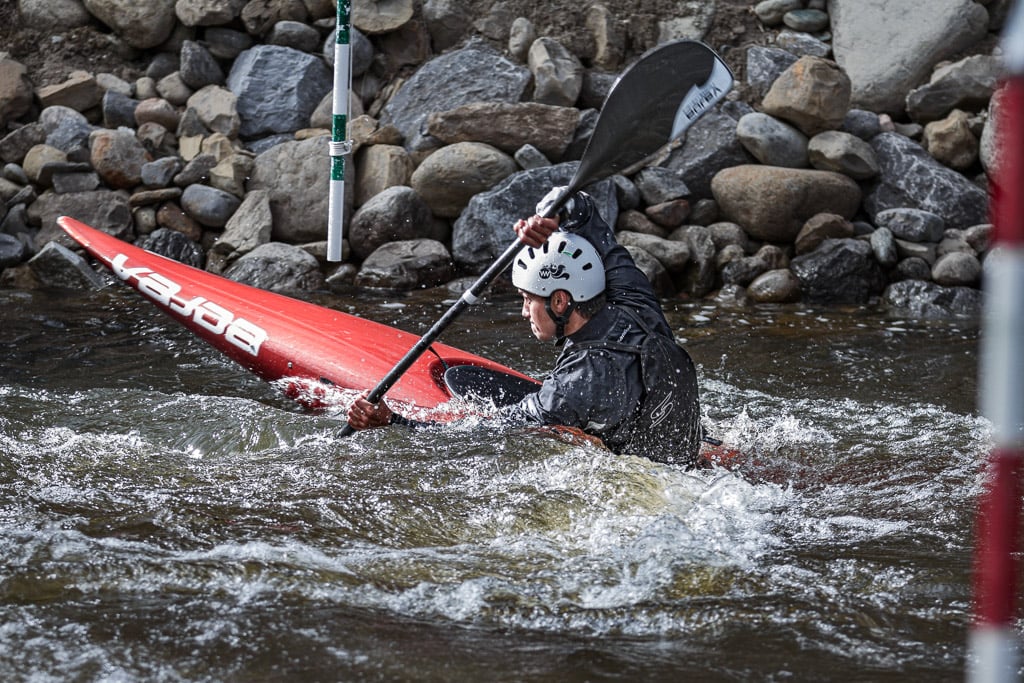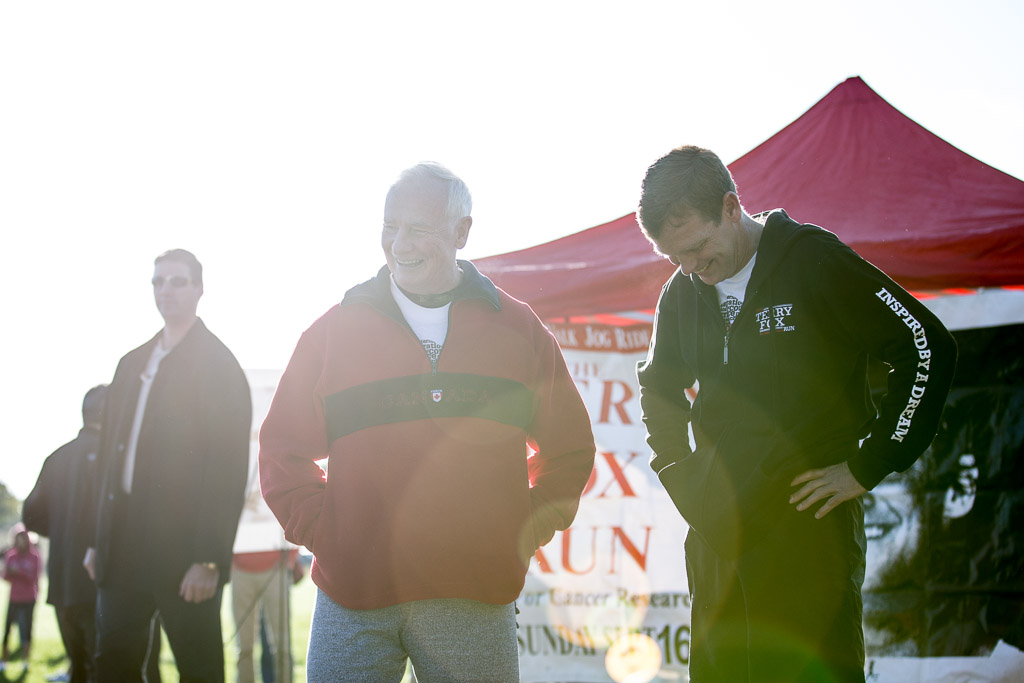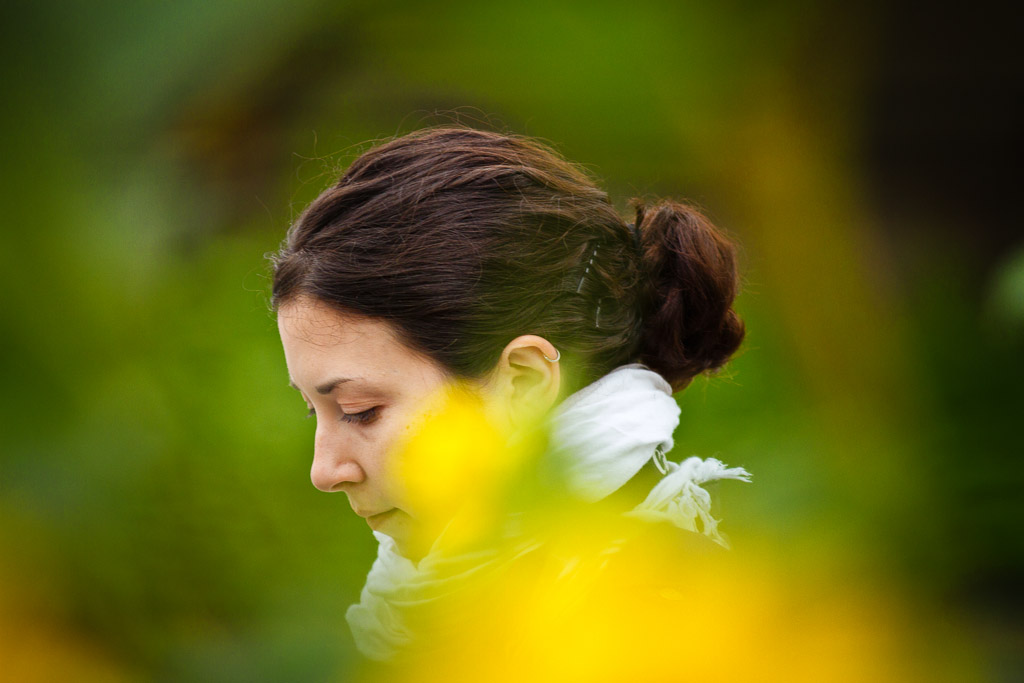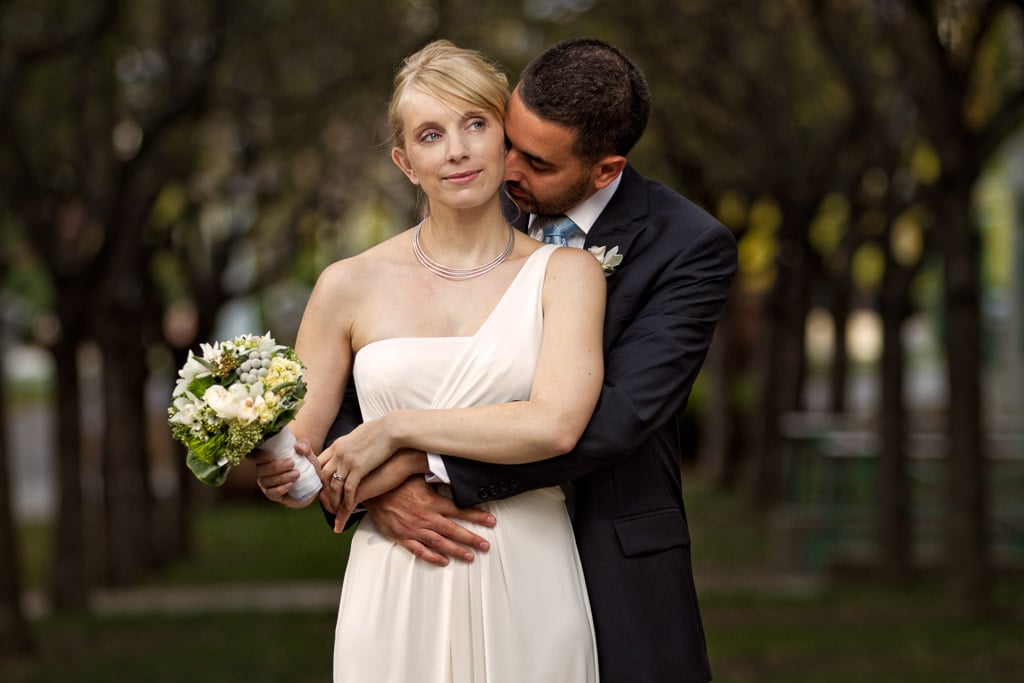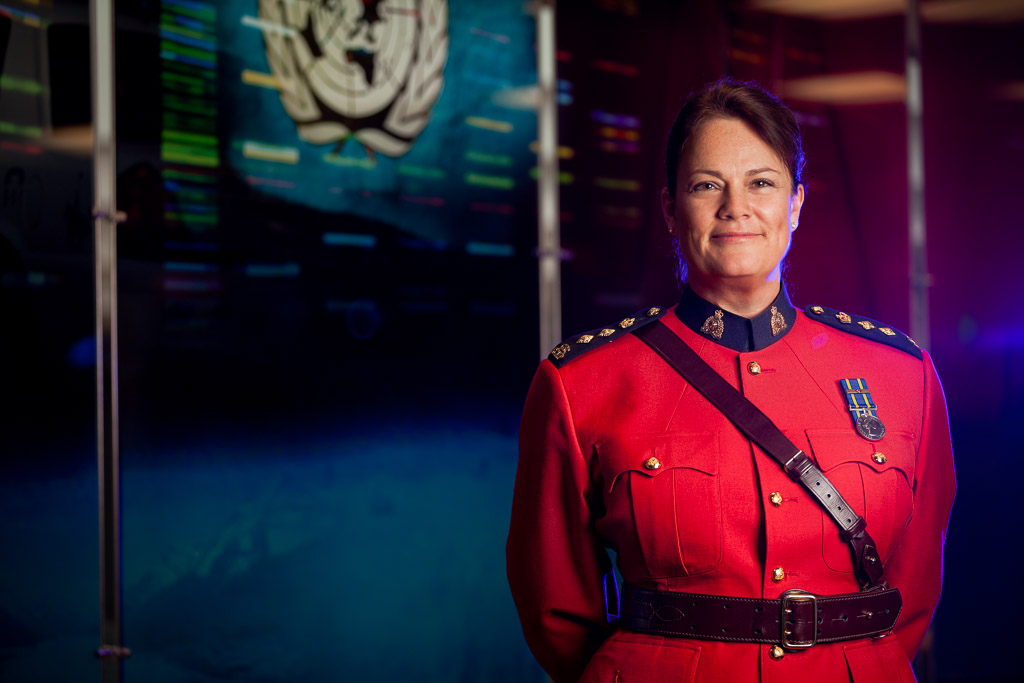Review – Canon EF 70-200 f/2.8L II
By: Justin VanLeeuwen | Twitter
Discuss the Canon EF 70-200 f/2.8L IS II
The holy trinity. Three zoom lenses that are of excellent quality and near-perfectly cover the gamut of focal lengths most photographers will need. Canon's 16-35 f/2.8 L, 24-70 f/2.8 L II, and the 70-200 f/2.8 L IS II. The later of these being a highly coveted portrait and telephoto zoom and priciest (by a near margin, since the 24-70 f/2.8 L II was introduced) at a SRP of $2,499.00. The Canon 70-200 f/2.8 L IS II also caps off one of Canon's most extensive selection of similar focal-length zooms: at the time of this review, Canon offers a 70-200 f/4 L, a 70-200mm f/4 L IS, a 70-200 f/2.8 L, and the 70-200 f/2.8 L IS II. Scalable by price, each of this has offerings that may compliment a particular shooters needs, but the 70-200 f/2.8 L IS II is the one that has it all.
A fast and constant 2.8 aperture gives the lens a remarkable low-light advantage, and coupled with Image Stabilization (IS) you can push your ability to hand-hold the lens with slower shutter speeds “up to 4 stops of correction at all focal lengths*”(*Canon USA). While all the other lenses in the 70-200 lineup offer great optics, this is the only one that offers both a f/2.8 aperture and IS.
Build
There's something about getting one of Canon's legendary “white” telephoto lenses that makes you feel like you belong with the photography elite; of course it's a club you can just buy your way into, but you get what you pay for. The Canon 70-200 f/2.8 L IS II has an all metal outer construction, including a detachable metal foot for better balance on a tripod (my image above also has a Really Right Stuff foot attachment for my arcs style ballhead). The lens has weight and girth, far more than its counterparts. It is the heaviest lens in my kit but not one I hesitate to take with me should it be needed on the job. It's weather sealed, which is nice, as the 70-200 f/4L is not, and its versatility make the 70-200 f/2.8 L IS II a candidate for all weather use (technically the front 77mm lens element requires a filter to be fully weather sealed).
Both the focus and zoom rings are large and rotate smoothly without and give, I do expect it to wear a bit over time. The spacing between the front focusing ring and rear zoom is such that you can comfortably zoom and manual focus with one hand if necessary. In-between the rings you have a number of switches, a focus limiter from 1.2m-infinity and 2.5m-infinity for subjects that are guaranteed to be further away. A standard AF/MF switch (though full time manual focus is available during AF), the Stabilizer On/Off switch (nicely raised to differentiate it from others), and a Stabilizer Mode 1/2 switch. They are all inset to help prevent accidental activation. Auto focusing is fast, as should be expected from a lens so commonly used in sports, and smooth, especially when paired with a high quality pro body like the Canon 1DX, but I even find accurate and consistent focus with my lowly 5DMKII (at least on the centre point).
A petal shaped ET-87 lens hood is included as well as a very nice travel case (better than the useless pouches usually included with L lenses), in case your current bag isn't well suited for a lens this size.
A bit on Image Stabilization
“Optical Image Stabilizer technology makes hand-held photography more practical at slow shutter speeds.*” (*Canon USA) IS helps free the camera and photographer from the tripod and gives you a bit more latitude to how and where you shoot. As guide, it's suggested that photographers shutter speeds should match the apparent focal length of the lens. So ideal shutter speeds on a full frame camera like the 1DX, 5DMKIII, or 6D, would be about 1/80th of a second at 70mm or 1/200th of a second at 200mm – of course this has no baring on stopping motion or action. On a crop body like the Rebel series, 60D, or 7D you'd be looking to multiply that by the crop factor of the camera (1.6x) so 70mm would be 1/125th of a second and 1/320th for 200mm, this make sense as the apparent focal length is magnified, so are any potential shakes. The IS advantage, then, is to allow yourself a bit more working room to achieve sharp images. The stabilization compensates for movement and shake, effectively correcting the slight changes the photographer introduces into the image through movement. 4 stops *technically* brings the 1/80th rating down to 1/10th of a second, though excellent technique is still recommended and, again, this wont' stop your subject from moving. In practice, this lens has allowed me to shoot events with speakers in relatively low light, without needing to push my ISO too far into the “red zone” of noise, at speeds around 1/80th-1/125th of a second at 200mm. It allows me to keep my shutter speed under the 1/250th sync speed needed for many flashes, and helps me work in the darker environments, hand-held, without worrying about compromising my image quality because I shake too much when shooting, or knocked moved the camera slightly.
The mode switch allows for two types of stabilization: 1 is for “regular” use while 2 compensates for moving subjects or panning where there is a bit of fluidity and motion already being introduced to the lens to capture an image.
After working with telephoto lenses with and without IS I'm extremely hesitant to use one without ever again. I'm not the most rock-steady shooter, and IS seems to compensate for that shortfall.
Image Quality
The 70-200 f/2.8 L IS was already an incredibly well regarded lens, yet Canon was able to improve the image quality when they released the 70-200 f/2.8 L IS II to a point where many photographers were quick to make the upgrade. The images from this lens are as sharp and contrasty as many good primes across the focal range. Vignetting occurs at f/2.8, but I find it pleasing and unobtrusive to the final image – I tend to vignette many of my portraits intentionally. Flare is incredibly well controlled, in no small part due to the hood (I never shoot with it off). Searching through my archive, I find I have very few shots with intentional (or unintentional) flare, despite shooting into the sun quite often – I've included an image for you to get a feel for the quality of the flare.
It's not as pretty as it is in some primes, but knowing that it's easy to avoid altogether is pretty handy while on a job. I can't stand it when an image is compromised because a lens can't handle direct light.
When shooting telephoto at f/2.8 you can achieve a pleasantly blurred background and foreground, isolating your subject through focus. The Canon 70-200 f/2.8 L IS II does this incredibly well as the reasonably fast f/2.8 aperture produces a shallow depth of field.
Who's it for?
Clearly, this is a near-perfect portrait lens, ideal for mixed situations. Weddings, Editorial, Family, events, concerts – pretty much anything and anywhere you may find yourself. You're paying extra for the 2.8 lens, which buys you more light at darker venues, but it also gives you a shallower depth of field which is coveted in photography in general, and useful as a creative tool. Some wedding shooters may choose a lighter prime lens setup, since carrying this lens around all day is sure to put some strain on your neck. When I mentioned the heft of the version 1 lens to a friend years ago he remarked “I know it's heavy, but so is a tripod” indeed, your dependency on a tripod is diminished (though not eliminated depending on your needs) with a fast lens with IS.
You can even try your hand at shooting larger subjects, like for automotive work; with working distance of 30ft you can still achieve separation from your background. I also use this lens, nearly exclusively, for my product photography (pending a future 95mm tilt-shift I hope).
Any Canon white-bodied telephoto lens just screams use for sports. Fast AF, a subject isolating aperture, and the mode 2 of stabilization are great for tracking runners, swimmers, cyclists, basketball, hockey – pretty much anyone on the move.
Who isn't it for?
Because Canon offers other 70-200's I will not recommend this lens for landscape photographers, clearly the market for that lays in the 70-200 f/4 L (with one exception: it lacks weather sealing). Nor interior work which almost always makes use of a tripod. Of course the Canon 70-200 f/2.8 L IS II would perform perfectly in those conditions, but it is a lot of weight (and cost) if your intention is exclusively those uses.
If you wish to remain inconspicuous this also may not be the lens for you, the white-Canon barrel paint is a distinctive “big lens” giveaway, and while the 200mm reach will buy you some space from your subjects, I can't say that this is an ideal inconspicuous street portrait lens. It'll also slow you down if you try and run away – but the weight could come in handy as a weapon if you find yourself in a sticky situation.
Conclusion
I can't find anything wrong with the 70-200 f/2.8 L IS II, even the weight isn't so significant that I whine, especially when I consider the results. If you want one of the very best telephoto zoom lenses with a consistent wide-open aperture this is, without compromise, it. If you want incredibly professional looking photographs with a sharp subject and a blurred out background with the versatility of a zoom, this is for you. Is it worth more than twice the 70-200 f/4L IS? Yes, if the ability to shoot at f/2.8 across this entire range is what you need. If you're stuck shooting at 1/60th of a second at 200mm, or even 1/120th of a second at 200mm this lens could very much be for you. If you're a person who makes purchases without compromise, without wanting to know that there's just something better around the corner, this is for you – this is it – you're done.
Maybe an exaggeration, we're never really done. Very little has made me put this lens down, tough I strongly favoured the Canon 200mm f/2.0 L IS when I was reviewing it, but versus $7,000 the 70-200 comes across as a bargain! If you need a telephoto zoom, this is the one worth saving up for, if you're less interested in a consistent aperture and more interested in range, check out Craig's review on the Canon 70-300 f/4-5.6L IS. Just remember, variable aperture means variable light, which might mess you up when you're shooting manual and/or with flash.
Unequivocally, the Canon 70-200 f/2.8 L IS II is the first lens I'd take out with me to guarantee I'd be able to make high quality, professional looking photographs.
Purchase Options:
- Canon EF 70-200mm f/2.8L IS II: Adorama
Pros:
- Telephoto zoom is highly useful to cover the focal range vs. equivalent primes
- Image stabilization makes shooting hand-held images cleaner in challenging environments
- Best in class Auto-focus
- Clean and sharp image quality
- Quality build for potential bumps and drops
Cons:
- Most expensive of Canon's 70-200 series
- Heavy, especially over long periods of time
- Lens cap is a PITA when the hood is attached (I bought an off-brand pinch cap for $2)
- Super obvious white lens = expensive target for thieves/gawkers




